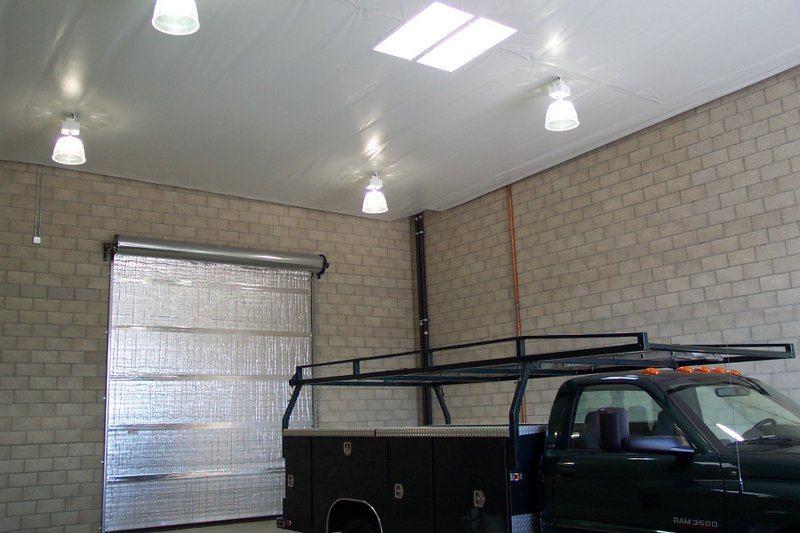I want to buy a heater for my garage (shop). The biggest one I can find for a price I can afford is advertised to put out 19,000 BTU's. It is a 240V unit that has a NEMA 6-30P plug. I have an outlet I installed in my garage to accomodate a 240V 50A welder. The outlet (receptacle) is a NEMA 6-50R.
Is it safe for me to make an adapter to go between the 6-30P plug of the heater and the 6-50R receptacle? From the standpoint of current draw, I know the 50A circuit will be safe. It is obviously rated for much higher capacity than what the heater will require. However, I know very little about the different 240V circuit types, so I don't know if there may be incompatibilities that may exist in other ways (ground vs. neutral, 2 hots vs.?, etc).
Any suggestions or advice are appreciated.
Also, I'd like to bounce the idea of this heater off you guys. Putting out 19K BTU's, do you expect that will be satisfactory to keep the garage reasonably warm in winter? My garage is about 24' x 24', 9 feet tall, with 2 of the 4 walls insulated, and garage door is insulated as best as it can be, ceiling is not insulated (not yet, maybe someday). Concrete floor. Comfortable temp for me would be 60 degrees. Outside temps here do not often go below 20 degrees. Do you think this heater will be adequate?
Many thanks.....
Is it safe for me to make an adapter to go between the 6-30P plug of the heater and the 6-50R receptacle? From the standpoint of current draw, I know the 50A circuit will be safe. It is obviously rated for much higher capacity than what the heater will require. However, I know very little about the different 240V circuit types, so I don't know if there may be incompatibilities that may exist in other ways (ground vs. neutral, 2 hots vs.?, etc).
Any suggestions or advice are appreciated.
Also, I'd like to bounce the idea of this heater off you guys. Putting out 19K BTU's, do you expect that will be satisfactory to keep the garage reasonably warm in winter? My garage is about 24' x 24', 9 feet tall, with 2 of the 4 walls insulated, and garage door is insulated as best as it can be, ceiling is not insulated (not yet, maybe someday). Concrete floor. Comfortable temp for me would be 60 degrees. Outside temps here do not often go below 20 degrees. Do you think this heater will be adequate?
Many thanks.....

Comment